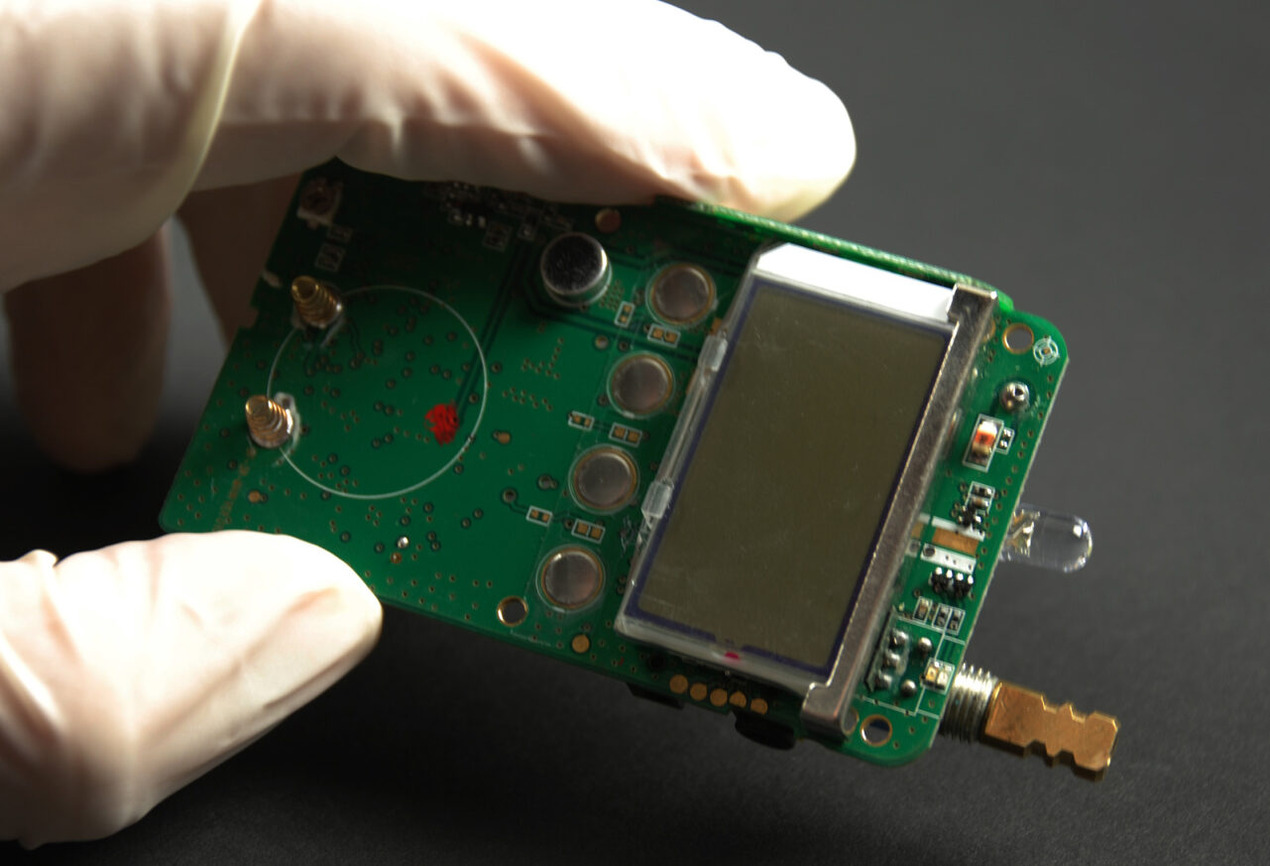
Mr S Iswaran, Minister for Communications and Information made a speech at the SCS IT Leader Award on Thursday 18 March 2021. The theme of the event was “Tech Heroes from Crisis”, whereby many industry leaders and entrepreneurs who used digital technology for the good of the community, some of which addressed specific challenges arising from the pandemic, were honoured.
Mr Iswaran said “Though the pandemic has been disruptive, it has also underscored the potential and value of digital technology in nearly every segment of society. Years-worth of digital transformation took place within the span of a few months. It is now widely accepted that digitalisation is not only here to stay, but also central to our endeavour to emerge stronger from this crisis. As tech professionals and advocates, this is surely cause for optimism amidst the storm.”
Government Creating Tech Opportunities for Singaporeans
He announced that the Government is investing heavily in equipping Singaporeans with digital know-how and creating good jobs for citizens.
Broad-based programmes. The Singapore government launched several SGUnited Jobs and Skills programmes last year and as of end-January 2021, placed more than 12,400 jobseekers into ICT jobs and skills opportunities. There still remain more than 18,700 available jobs, company-hosted traineeships, attachments and training opportunities.
Deep tech roles. They are also developing a ready pool of talent in technologies such as Artificial Intelligence (AI) and cybersecurity, which will be key drivers of Singapore’s future economy. In order to do that, the government are expanding the scope of the TechSkills Accelerator (TeSA) initiative to train up to 5,500 locals in emerging and core tech roles. They will also scale TeSA to focus on deep tech roles such as software engineering and data science and ensure these technical skills are complemented with business and creative competencies.
Tech-lite roles. To support digital needs across the larger economy, they are growing the pool of tech-lite talent, covering skillsets such as digital marketing and business analytics.
The importance of partnerships in upskilling all citizens in ICT
The Minister noted that such progress would not be possible without the strong support of associations like SCS, which brings the infocomm community together to advance the interests of the sector, its companies and the workers.
He added that SCS has helped many Singaporeans upgrade their skills to embark on a career in ICT, through their training and development programmes as well as professional certifications. SCS is also active in organising events and networking opportunities, providing a vital platform for the community to connect with and engage one another.
Mr Iswaran concluded that “Close collaborations with partners like SCS remain critical so that we can tap on our collective expertise to shape our shared future. We will also continue to consult our citizens through nation-wide platforms like the Emerging Stronger Conversations, on issues like how to foster a digitally ready and inclusive economy and society as we emerge from COVID-19.”
















